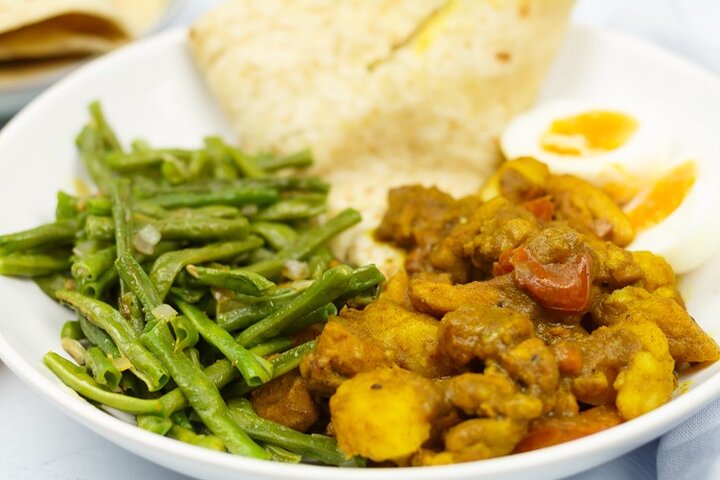Exploring Paramaribo: A Journey Through Time and Culture
Paramaribo’s colonial allure and vibrant culture beckoned me to explore its UNESCO-listed architecture. Join me as I uncover the city’s hidden gems and rich history on a walking tour through its charming streets.
Discovering Paramaribo’s Colonial Charm
As a former city planner turned travel writer, I have a penchant for urban landscapes that tell a story. Paramaribo, the capital of Suriname, is one such city that piqued my interest with its rich colonial history and vibrant cultural tapestry. The Walking Tour through downtown Paramaribo promised an exploration of its UNESCO World Heritage-listed architecture, and I was eager to dive in.
The tour began at the Saint-Peter-and-Paul Basilica, a stunning wooden cathedral that stands as a testament to the city’s colonial past. Our guide, a local historian with a passion for storytelling, painted vivid pictures of the past as we wandered through the streets. The architecture here is a harmonious blend of Dutch colonial styles with a tropical twist, and each building seemed to whisper tales of yesteryears.
As we strolled towards Independence Square, the heat of the day began to intensify. The square, with its majestic Presidential Palace and surrounding historic buildings, was a sight to behold. Despite the sweltering sun, the allure of the place was undeniable. The guide’s anecdotes about the square’s significance in Suriname’s journey to independence added depth to the experience.
A Cultural Mosaic at Every Turn
One of the highlights of the tour was the visit to the Suriname City Mosque and the Neveh Shalom Jewish Synagogue, standing side by side. This juxtaposition of religious architecture is a beautiful representation of Paramaribo’s multicultural identity. The guide shared insights into the harmonious coexistence of different communities in the city, a theme that resonated deeply with me.
We continued our journey to Fort Zeelandia, a historic fortress that has witnessed the ebb and flow of Suriname’s history. The fort’s strategic location by the river offered a refreshing breeze, a welcome respite from the midday heat. Here, the guide recounted tales of colonial battles and the fort’s role in shaping the city’s destiny.
The Centrale Markt was a sensory delight, bustling with vendors selling an array of local produce. The vibrant colors and exotic aromas were a feast for the senses. I couldn’t resist sampling some of the local snacks, a delightful fusion of flavors that reflected the diverse cultural influences in Suriname.
A Stroll Along the Waterkant
As the tour wound down, we made our way to the Waterkant, Paramaribo’s riverside boulevard. The view of the Suriname River, with its gentle waves lapping against the shore, was a serene contrast to the bustling cityscape. Small eateries lined the boulevard, offering a taste of Surinamese cuisine. I indulged in a refreshing drink, savoring the moment as the sun began its descent.
The final stop was the Palmentuin, a lush palm garden that provided a tranquil escape from the urban hustle. Here, local artisans displayed their crafts, and I took the opportunity to purchase a few souvenirs, each a reminder of the city’s unique charm.
Reflecting on the tour, I realized that Paramaribo is a city that thrives on its diversity and history. Despite the heat and the language barrier, the experience was enriching and left me with a deeper appreciation for this hidden gem in South America. For those who, like me, are drawn to cities with stories etched in their streets, Paramaribo is a destination worth exploring.


























